The major bird highlight, although not a photography highlight, was a cuckoo (pictured below) seen on the 2nd. The bird was first heard giving its distinctive call, and it eventually landed in a tree about half a mile to the south of the site. It stayed there for around ten minutes allowing a just-about-recognisable record photo, before flying off to the south. Amazingly this is the third year in a row that a cuckoo has been seen here.
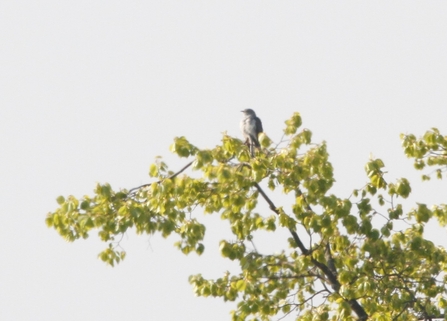
Credit Chris Farthing
With the spring weather being less than ideal for migration, some of our winter visitors stayed later than usual this year. The last to leave was a snipe which was still seen amongst the lagoons up the 3rd. Common sandpipers (below) were passing through regularly for the first half of May.
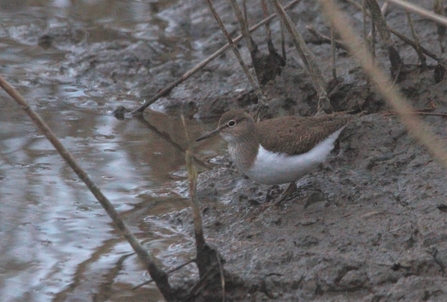
Credit Chris Farthing
The first common terns (below) of the year were seen on May 1st and they visited regularly through the month, with the maximum count being four. The birds are probably from the nesting colony at Walthamstow. The same can probably be said of most of the little egrets that visit here. Whilst this year hasn’t been a good one for the species here, a group of five did fly over on the 29th.
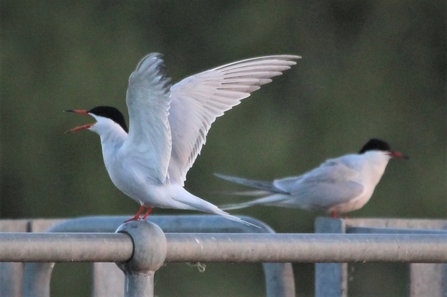
Credit Chris Farthing
May was another good month for raptors. Hobby were seen frequently through the month and two red kites flew over the site on the 18th. Buzzards are generally just a flyover here but on the 20th a bird spent about 90 minutes on site, mostly being chased from tree-to-tree by crows.
This site is amongst the best in London to see flycatchers and the first of the year was a spotted flycatcher (below) seen over the New River on the 16th. There were a further three sightings over the next ten days, with multiple birds probably involved.
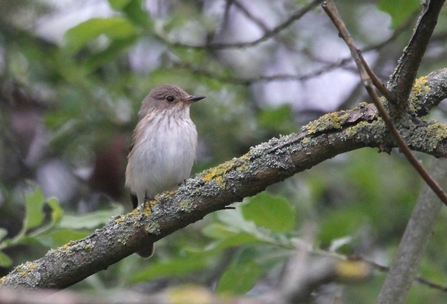
Credit Chris Farthing
As breeding activities increased towards the end of the month, it became clear that as well as all of our expected breeding birds, a few species which are only occasional breeders here were settled down to breed. Whitethroats were seen taking food to young, as well as probably two pairs each of reed bunting and sedge warbler. Chiffchaff (below) are a species which are seen here frequently on passage, and usually one or two overwinter, but they are surprisingly uncommon breeders here. This year though there could be as many as three or four pairs breeding on site. The only regular breeder which doesn’t seem to be using the site this time is little grebe.
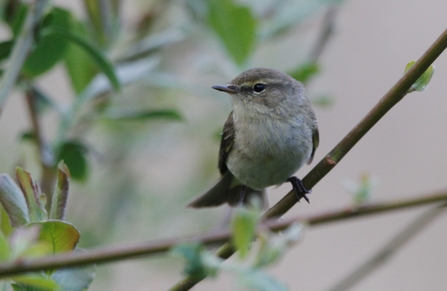
Credit Chris Farthing
The total number of bird species seen here in May 2021 was 66, which is a couple of birds down on the historical May average.

